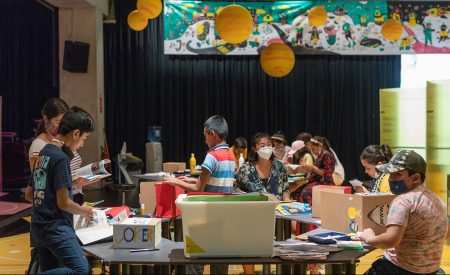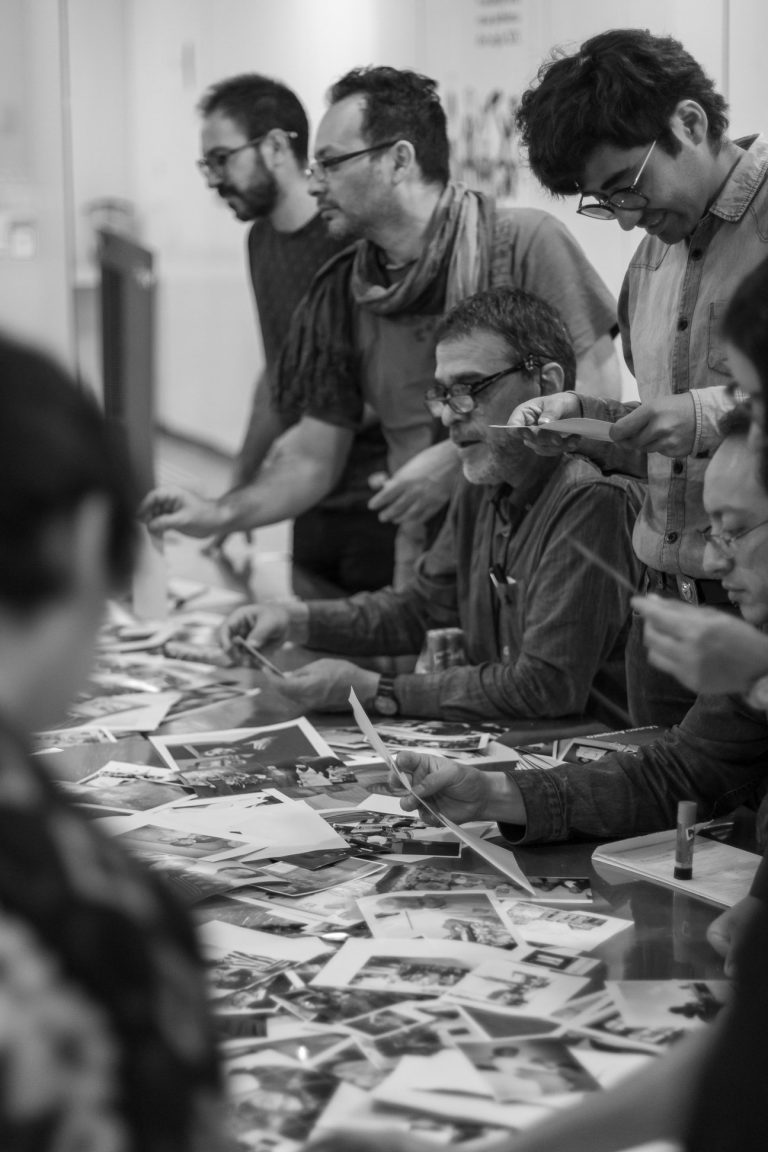April 03, 2021
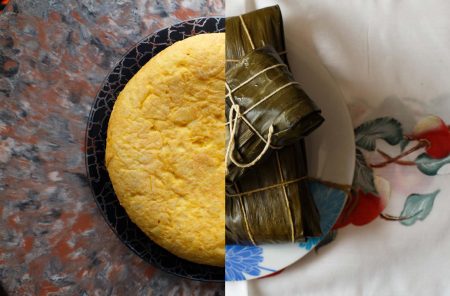
A Historia Viva de Ames
The Living History of Ames or Museum of Migrants
Since the Bronze Age, when memory was carved in stone, the fertile and misty lands of the town of Ames experienced the first settlements, transit and uprooting, as we have seen in the archaeological remains of more than 5,000 years, in its location within the route Camino a Fisterra and in a collective biography along with suitcases and visas. With a high population density (397.41 inhabitants / km2), it has 32,000 inhabitants, distributed in 11 parishes and more than 115 inhabited nuclei, are the last link in the migratory dynamics that combines stories of going and returning: yesterday, reflecting the painful feeling of farewells; today paradigm of the exception that breaks the norm.
Between the second half of the 19th century and the 1960s, the municipality saw hundreds and hundreds of its neighbors leave in search of new and better horizons, first to America, then to more developed areas in Europe. However, since the early 2000s until today, Ames has doubled the size of its neighborhood thanks, in large part, to the arrival of people from different latitudes of Galicia and the world, becoming one of the few municipalities in the country that can boast a positive population growth rate.
The publication / exhibition you hold in your hands, the Museum of Immigrants or The Living History of Ames, seeks to celebrate the people who inhabit this welcoming land of cross-border roots through the collective narrative that builds the tastes and smells, the objects and actions, the landscapes and the people who trace their identities.
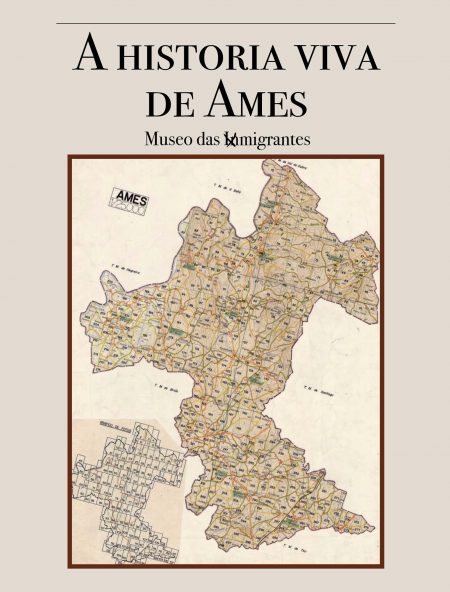


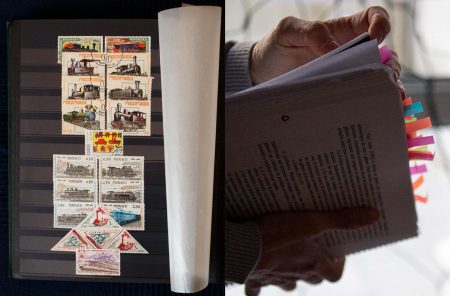
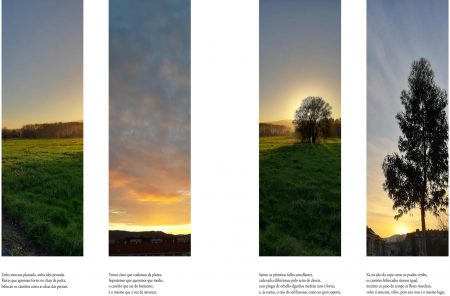
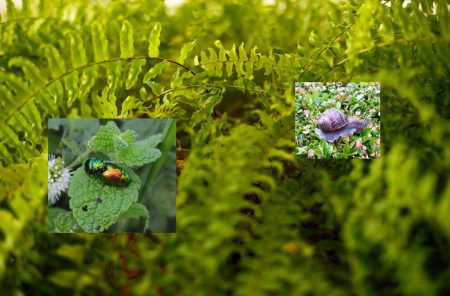






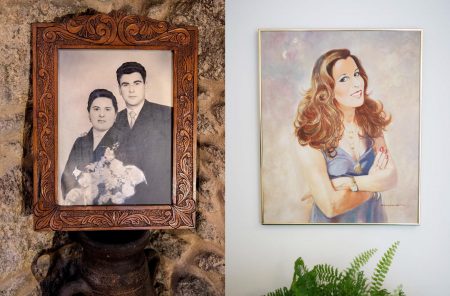



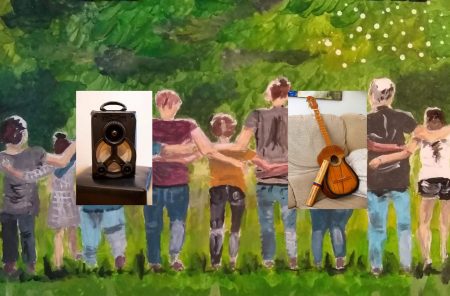
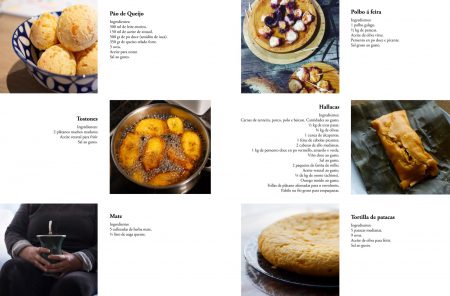
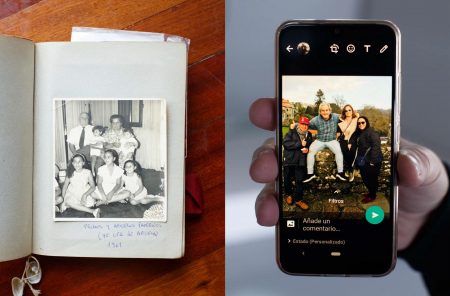
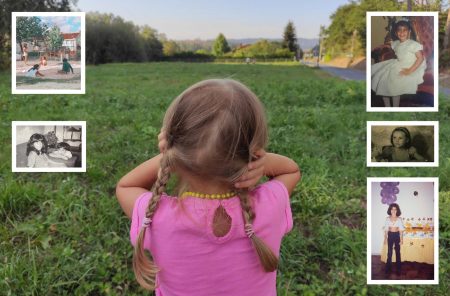
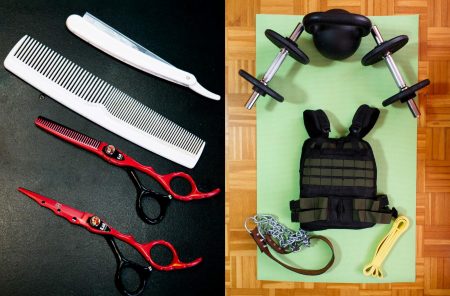
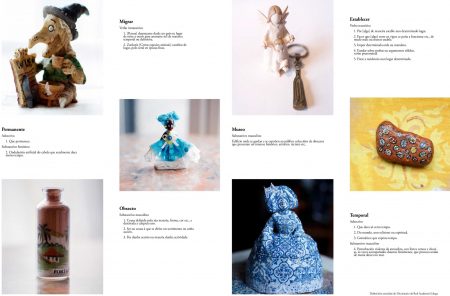
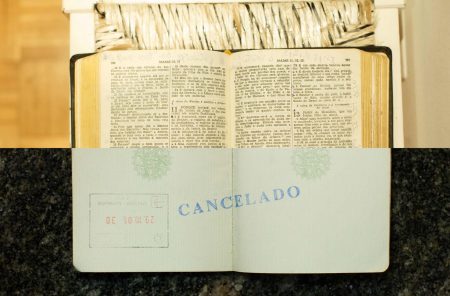

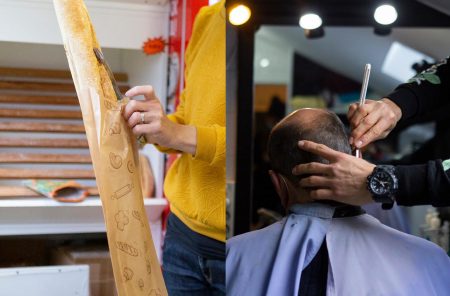


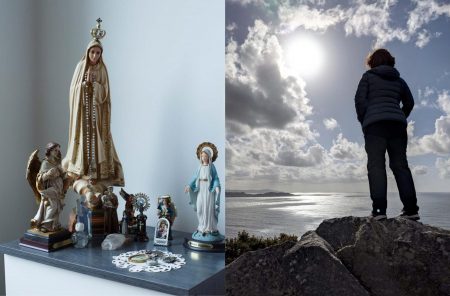
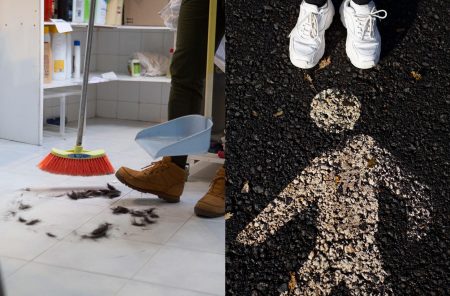


These pages germinated under Transmutar Camiños, a collective artistic experimentation project funded by the Culture Area of the Diputación de A Coruña and promoted by 7H Cooperativa Cultural in collaboration with the City Councils of Ames, Brión, Teo and Vedra. The creative proposal reflected in this publication, promoted by visual artist Angélica Dass, developed horizontally and in a multidisciplinary way through the involvement of Humberto, Javier, Kika, Lili, Maria Laura, Marité, Nadia, Paula, Robson, Thais and Yuri, who generously opened the doors of their homes to join their hands, the trunks of their memories and spread the emotions that build their daily feeling. TRANSMUTAR CAMINHOS
All the content of this work has a shared and collective authorship and is published under license. CC of SA: Creative Commons (distribution of equal attribution). This license does not affect the photo sharing plan of the City Council of Ames that makes the cover. This image belongs to the collection of the Regional Directorate of Cadastre and was ceded for reproduction by the Archive of the Kingdom of Galicia.
First edition, December 2020.
Educación
April 03, 2021
We built common memories in Museo Amparo
Prensa
April 03, 2021
